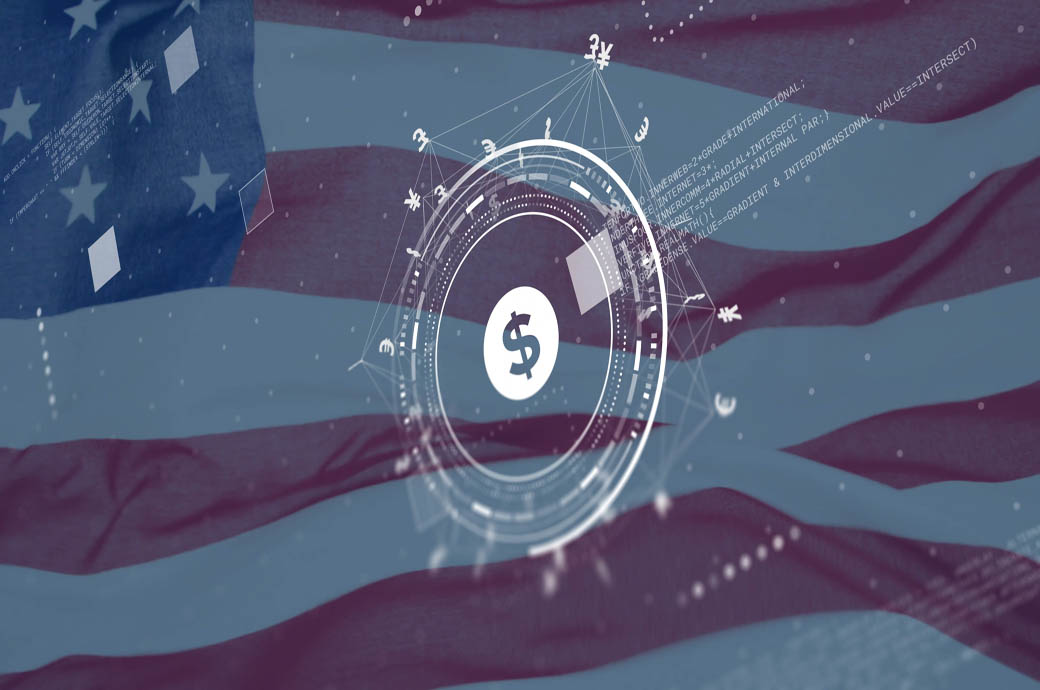
That compares with 1.9 per cent for the consensus forecast of economists surveyed by Bloomberg.
“The US economy is in a good place,” wrote David Mericle, chief US economist in Goldman Sachs Research. “Recession fears have diminished, inflation is trending back toward 2 per cent, and the labour market has rebalanced but remains strong,” he said in a company release.
Three key policy changes following the Republican sweep in Washington are expected to affect the economy, Mericle wrote in a report, titled ‘2025 US Economic Outlook: New Policies, Similar Path’.
Tariff increases on imports from China and on autos may raise the effective tariff rate by 3 to 4 percentage points. Tighter policy may lower net immigration to 750,000 per year, moderately below the pre-pandemic average of a million per year. And the 2017 tax cuts are expected to be fully extended instead of expiring and there will be modest additional tax cuts.
While the expected policy changes under President elect Donald Trump may be significant, Mericle doesn’t project that they will substantially alter the trajectory of the economy or monetary policy.
“Their impact might appear most quickly in the inflation numbers,” Mericle wrote. Wage pressures are cooling and inflation expectations are back to normal. The remaining hot inflation appears to be lagging ‘catch up’ inflation.
Goldman Sachs Research forecasts that core personal consumption expenditure (PCE) inflation, excluding tariff effects, will fall to 2.1 per cent by the end of 2025. Tariffs may boost this measure of inflation to 2.4 per cent, though it would be a one-time price level effect.
Analysis by the company’s economists about the impact of the tariffs during the first Trump administration suggests that every 1 percentage point increase in the effective tariff rate would raise core PCE prices by 0.1 percentage points.
A tightening job market is expected to replace the role of elevated immigration next year.
Policy changes, meanwhile, are anticipated to have roughly offsetting effects on economic expansion over the next two years.
“Recession fears have faded as the downside risks that had worried markets failed to materialise,” Mericle wrote. There’s 15 per cent chance of US recession in the next 12 months, according to Goldman Sachs Research, which is roughly in line with the historical average.
There are risks to the economy, however. A 10-per cent universal tariff, which would be many times the size of the China-focused tariffs that unnerved markets in 2019, would likely boost inflation to a peak of just over 3 per cent and hit GDP growth.
Markets could become concerned about fiscal sustainability at a time when the debt-to-GDP ratio is nearing an all-time high, the deficit is much wider than usual and real interest rates are much higher than policymakers anticipated during the last cycle, the Goldman Sachs Research report added.
Fibre2Fashion News Desk (DS)